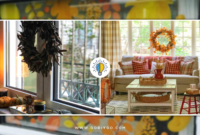Amidst the lively atmosphere of the 1940s, furniture design was a lively dance of shifting trends, blending timeless tradition with daring modern flair. This era was a melting pot of traditional craftsmanship and daring new ideas, resulting in an exciting array of furniture styles that captured the imagination of households everywhere. Join us as we explore the standout styles that shaped the furniture landscape of the 1940s.
1. Art Deco
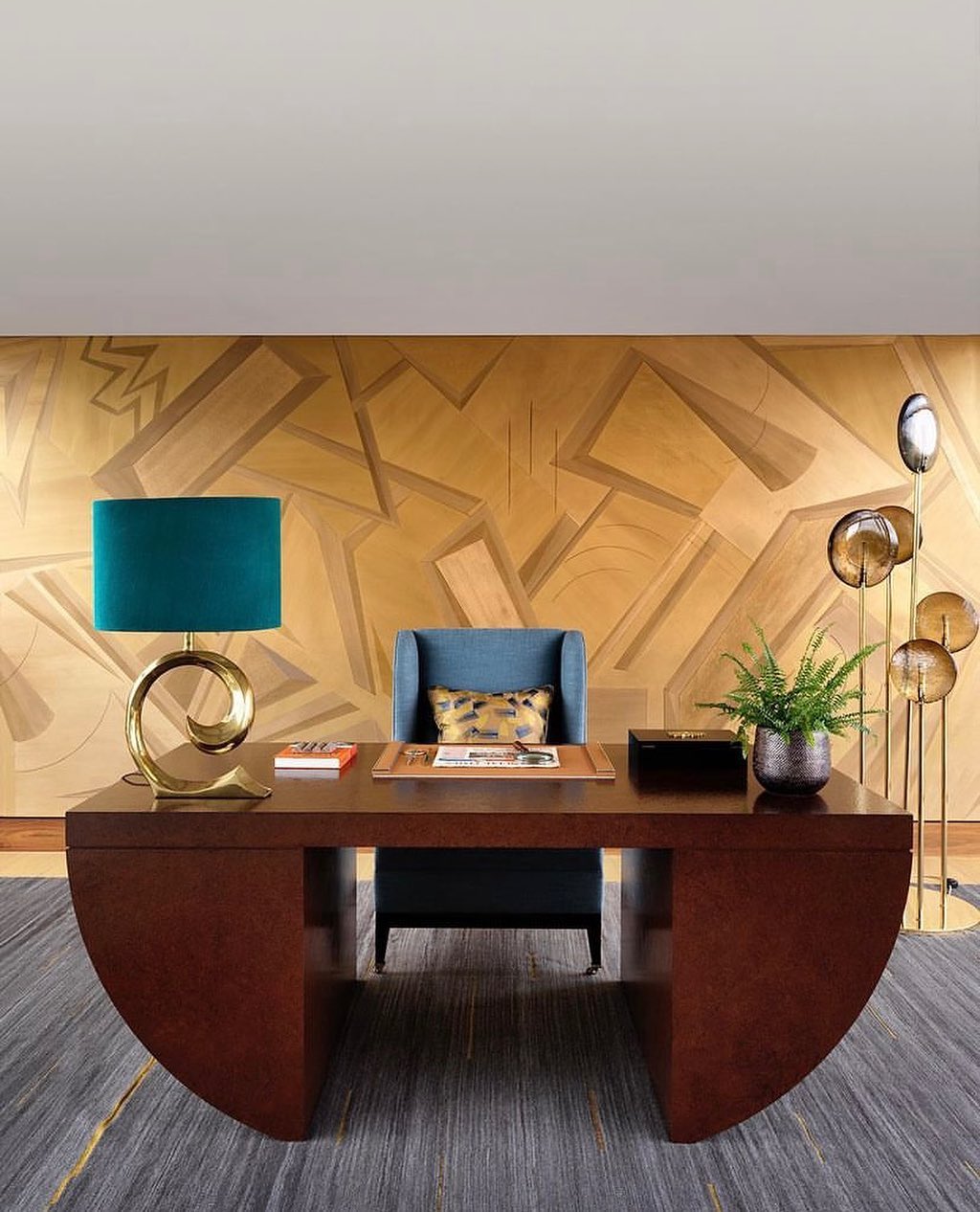
Bring the roaring ’20s into your study room with sleek art deco decor, turning your space into a stylish retreat for work and inspiration. Study room from @ nataliamiyar
In the bustling world of 1940s furniture, design trends were a delightful mix of the old and the new. Despite its roots in previous decades, Art Deco continued to influence furniture styles throughout the ’40s. This style was all about bold shapes, vibrant colors, and luxurious materials like fancy woods and shiny metals. Art Deco pieces were known for their sleek lines and intricate details, capturing the essence of the era’s love for all things modern and chic.
2. Mid-Century Modern
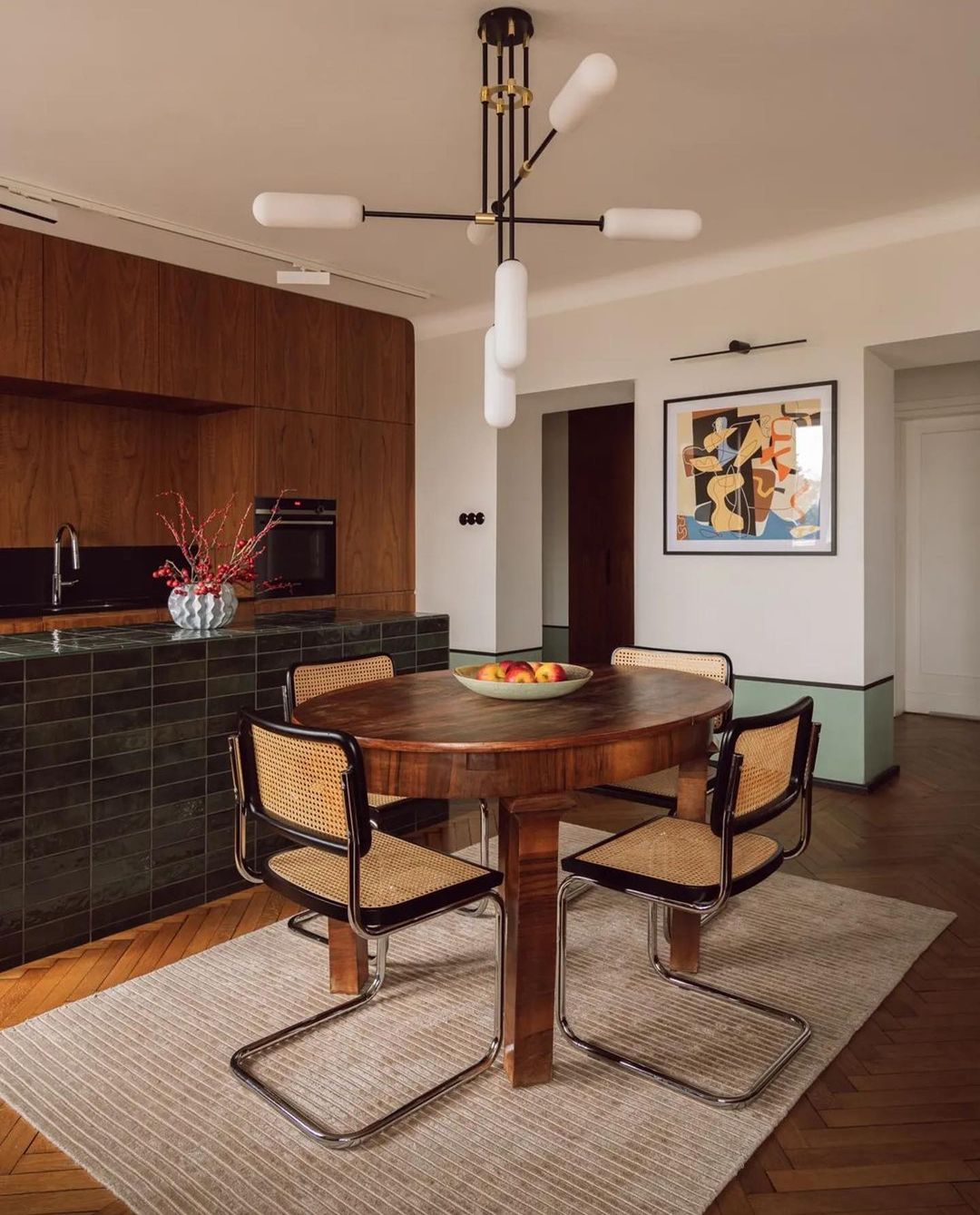
Upgrade your kitchen with some mid-century modern furniture for a dash of retro-cool vibes and timeless style. Kitchen design from @ studiogessen
In the 1940s, the groundwork for Mid-Century Modern design was laid, marking a move towards simplicity, practicality, and the charm of natural shapes. Furniture of this time embraced clean, sleek lines and a preference for materials such as wood, leather, and metal. This era set the stage for the iconic Mid-Century Modern style to blossom in later years, establishing an aesthetic that remains captivating and influential even today.
3. Streamline Moderne
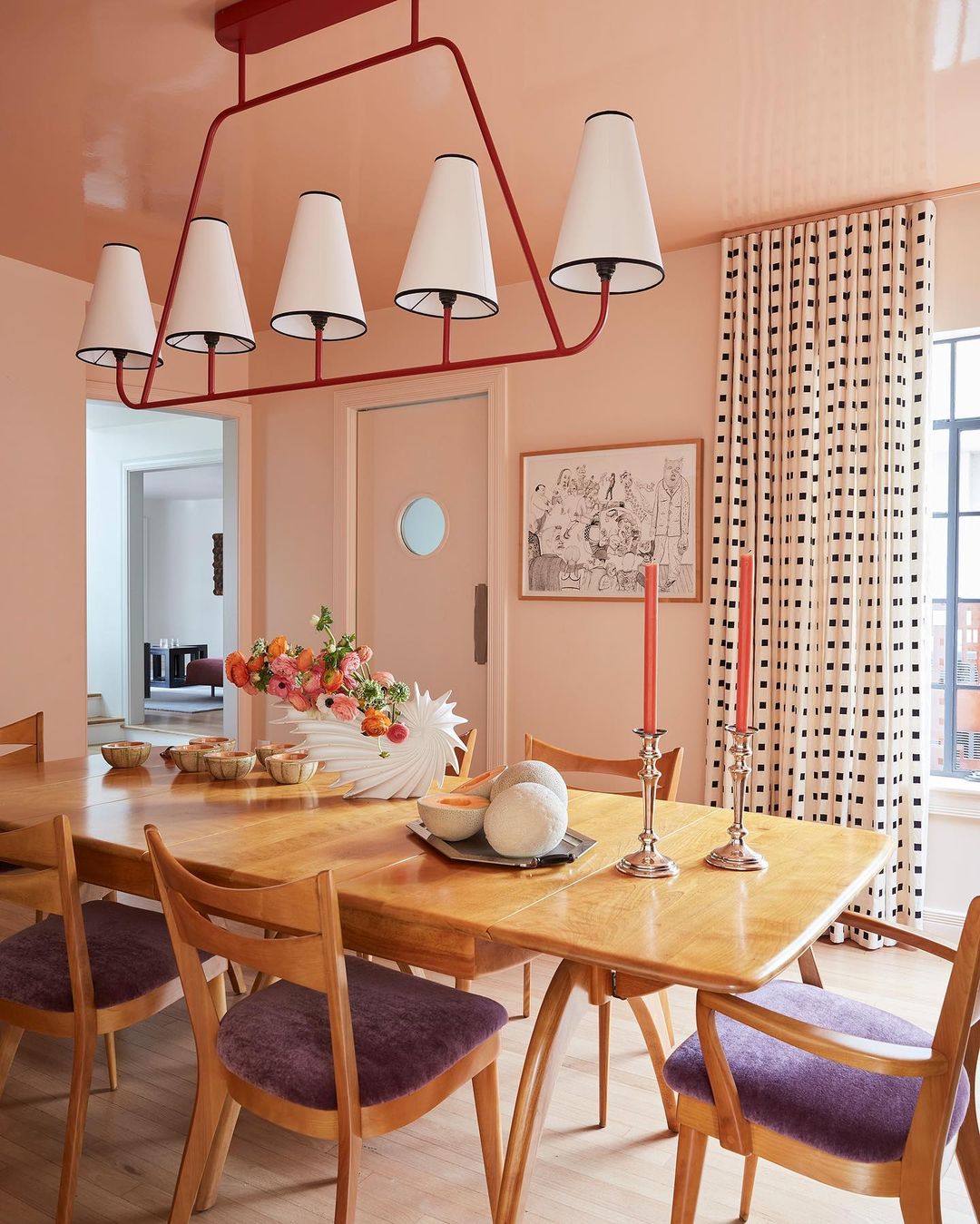
Spruce up your dining space with some slick streamline moderne furniture, giving it that cool retro vibe and making mealtime way more stylish. Dining room from @ averycoxdesign
During the stretch from the 1930s to the 1940s, Streamline Moderne emerged as a bold and unmistakable furniture style. Drawing inspiration from the smooth, aerodynamic designs symbolic of the machine age, Streamline Moderne furniture captured a sense of speed and modern sophistication. Its defining characteristics included sleek, curved lines, shiny finishes, and touches of chrome, mirroring society’s fascination with technological advancements and industrial efficiency. This aesthetic echoed the era’s admiration for progress and conveyed a feeling of sleek, contemporary allure in furniture design.
4. Traditional
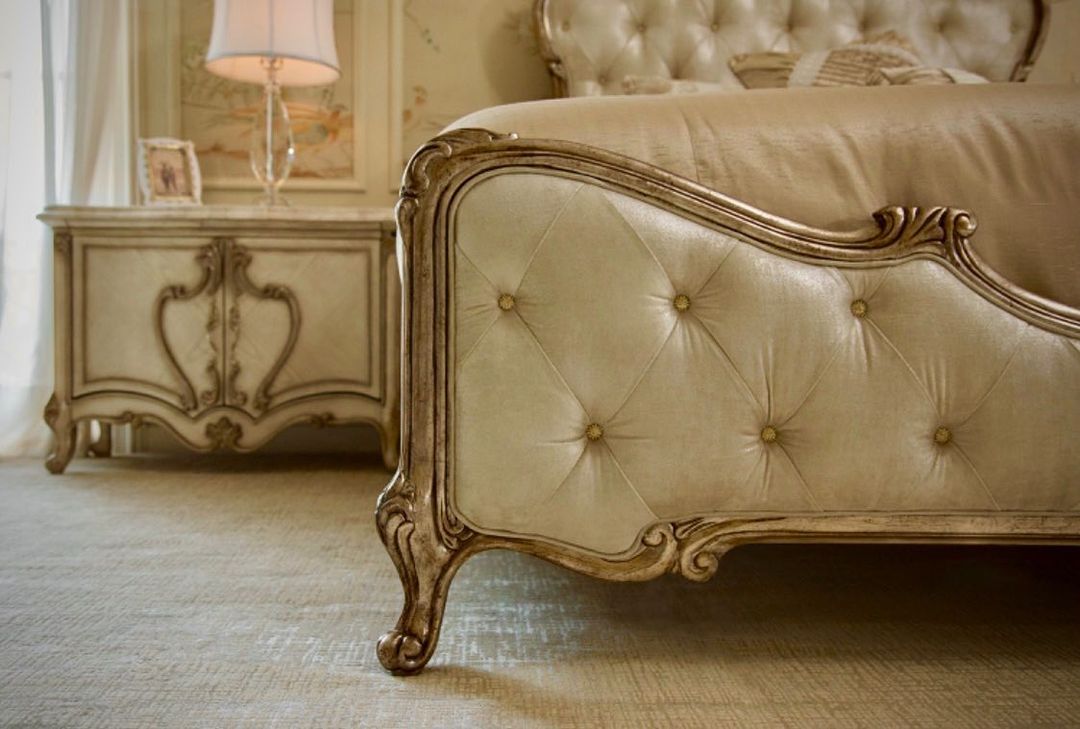
Make your bedroom feel like a cozy escape with traditional bed furniture, complete with fancy details for that extra touch of charm and comfort. Bedroom from @ michael_amini
Despite the growing popularity of modernist trends, traditional furniture styles maintained their allure throughout the 1940s. Inspired by historical designs like Queen Anne, Chippendale, and Federal styles, traditional furniture continued to captivate with its enduring elegance. These pieces were often adorned with intricate detailing, meticulously crafted wood accents, and luxurious upholstery fabrics, exuding a sense of refinement and sophistication that appealed to many during this era.
5. Utility Furniture
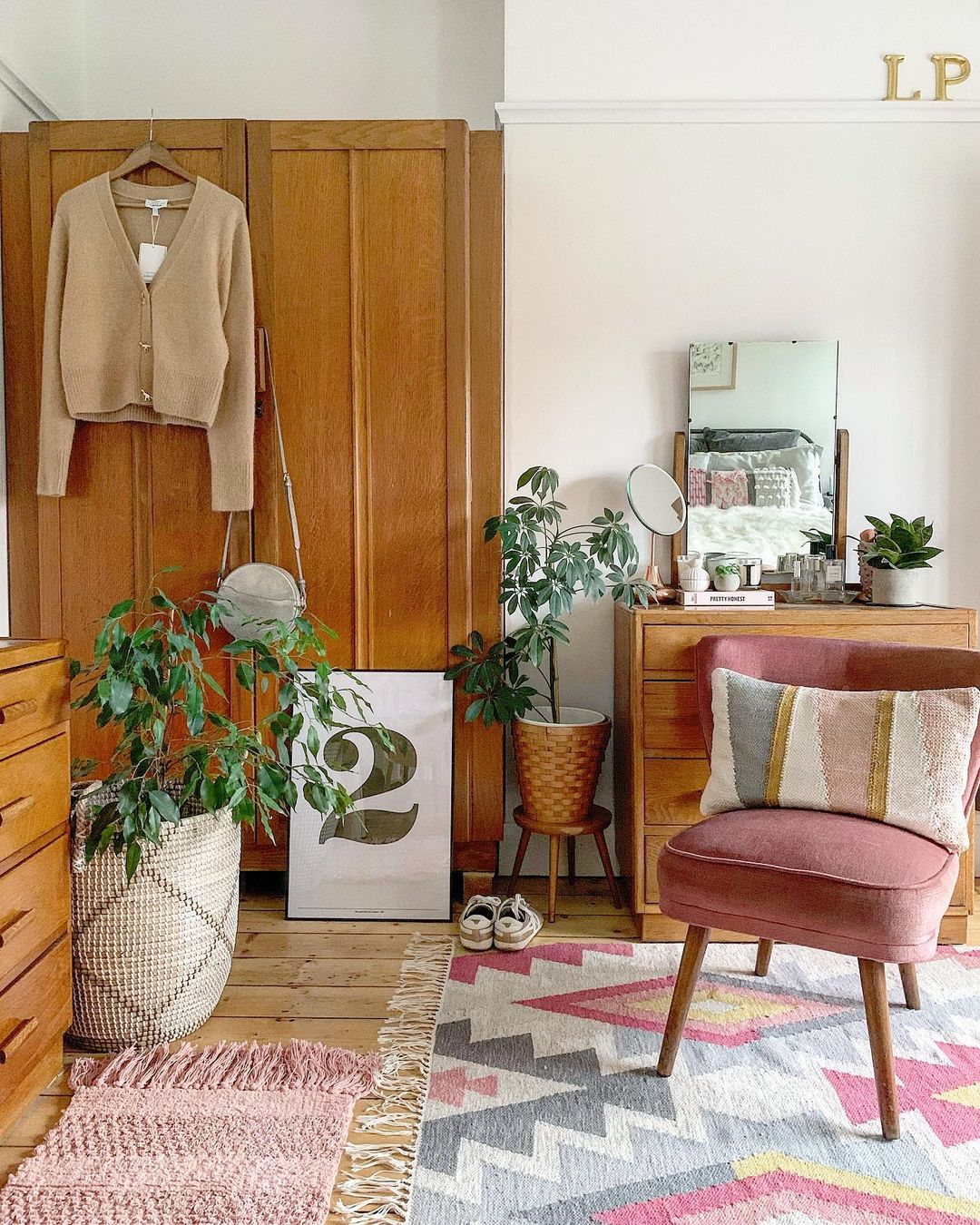
Craft a practical yet cozy bedroom with utility furniture, blending functionality and comfort for a space that’s efficient and inviting. Bedroom decor from @ lauracoxhome
Amidst the constraints of World War II, restrictions on materials such as wood and metal spurred the rise of utility furniture, which quickly gained popularity. This pragmatic approach emphasized simplicity, durability, and affordability, catering to the practical needs of the time. Utility furniture often utilized alternative materials like plywood and metal, eschewing elaborate embellishments in favor of functional design. This focus on efficiency and minimalism reflected the wartime ethos of making do with what was available, ensuring that furniture remained accessible to all despite the challenges of the era.
6. Scandinavian Design
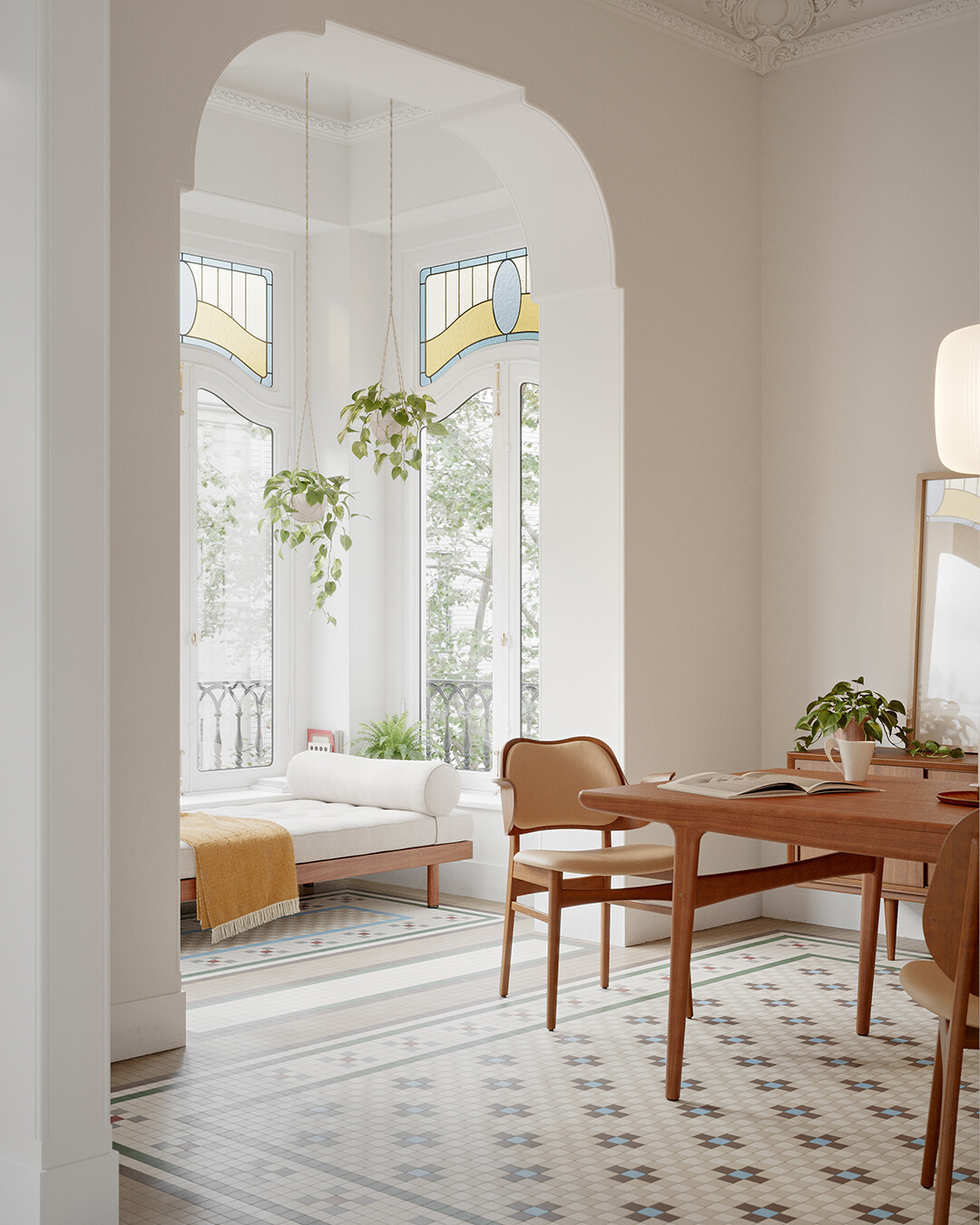
Deck out your space with Scandinavian furniture for that effortlessly cool and cozy vibe, mixing clean lines and comfy vibes for the ultimate chill zone. Furniture ideas from @ warmnordic
Though Scandinavian design didn’t achieve widespread international acclaim until the 1950s, its beginnings can be traced back to the 1940s. Scandinavian furniture from this era embraced principles of functionality, craftsmanship, and subtle sophistication. Light-colored woods, sleek lines, and organic forms were central to the aesthetic, reflecting a commitment to simplicity and practicality. These early manifestations of Scandinavian design laid the groundwork for its later global influence, characterized by timeless elegance and an emphasis on the beauty of natural materials.
